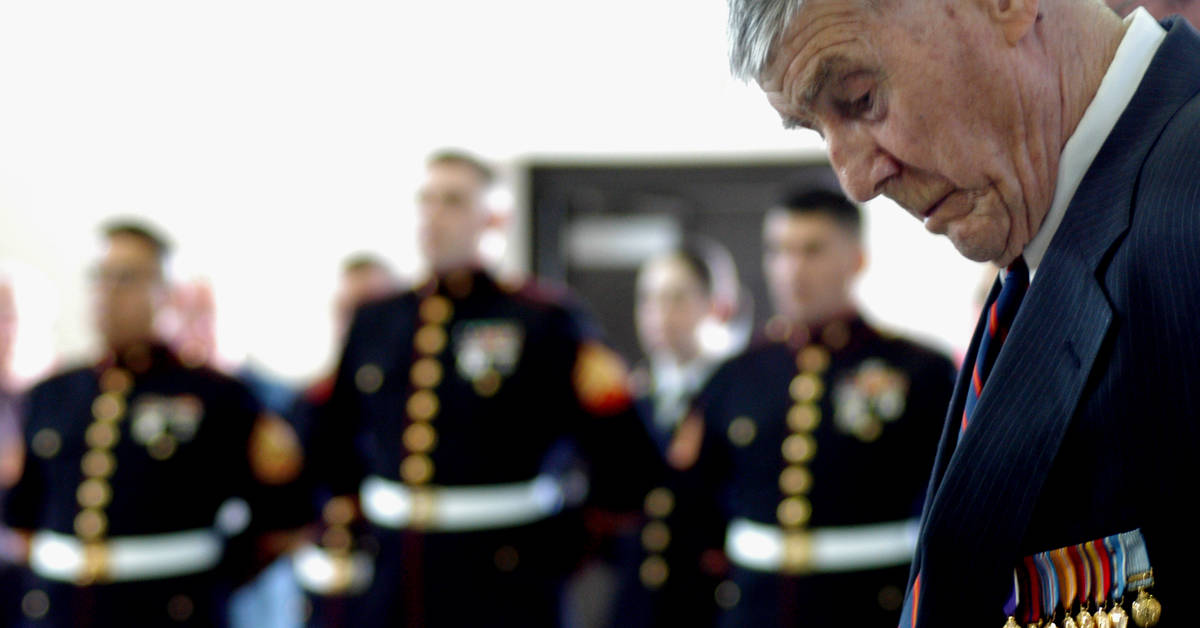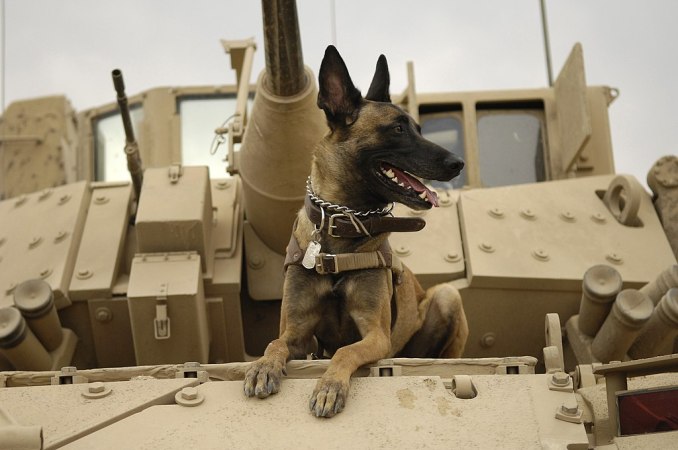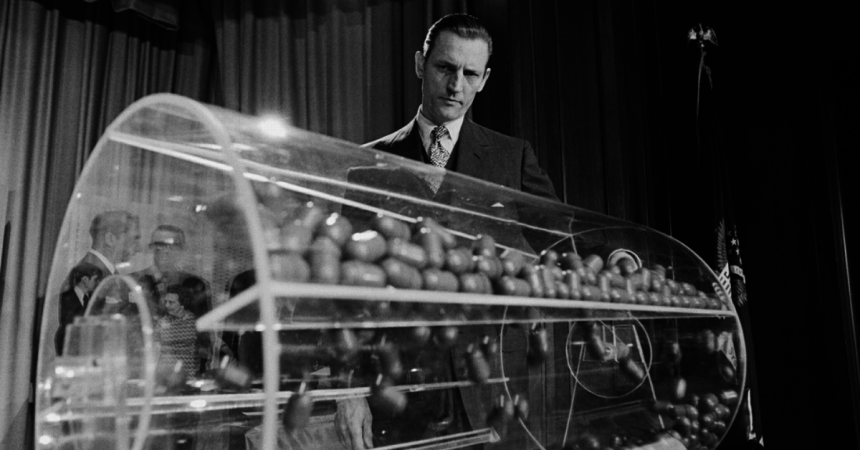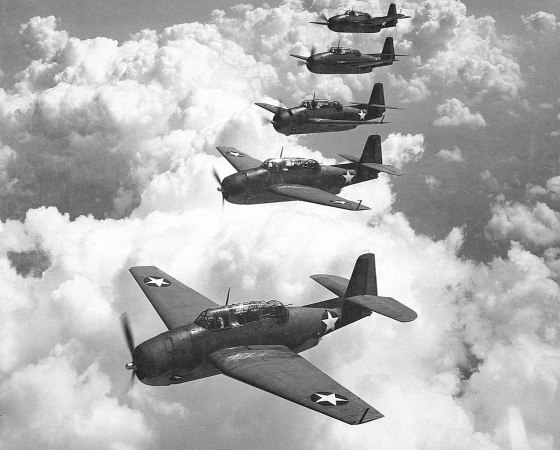You’re on a foot patrol in an enemy-infested region of Afghanistan when a massive explosion detonates within just a few meters of your position. Immediately after, heavy incoming rounds penetrate the surrounding terrain. Without thinking, your brain makes one of two initial reactions:
Will you stay and fight, or run away from the stressful situation to battle it out another day?
Although we understand the dangers of battle from extensive training and, typically, volunteer to surge forward to fight once we’ve assessed the situation, our initial and default response is all thanks to a unique part of your brain called the amygdala

Located at the end of the hippocampus (the floor of the brain), the amygdala is part of the limbic system that governs our emotions, like fear, pleasure, and anger.
When the human brain encounters intense stimuli, a significant amount of hormones and neurotransmitters flood the body to prepare you to either immediately dash away from the danger or fasten your resolve to stay in the fight.
Although the majority of all ground troops are trained to bring the fight back to the enemy, one or more of the troops’ in the squad’s initial reaction may be a “flight” response.

This special characteristic also helps keep your body cool, provides more energy (with the help of your adrenal glands), and helps the individual improve their mindset.










